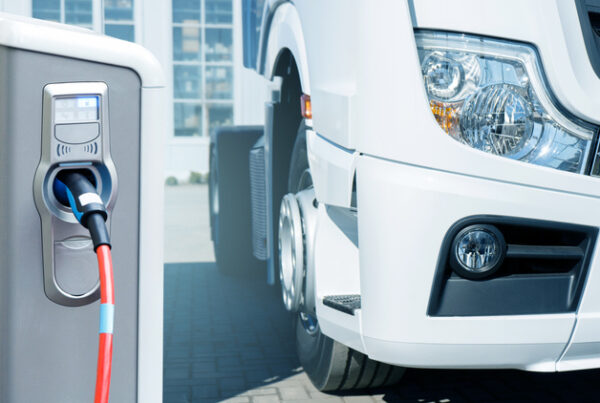A new financial year often presents a unique opportunity for fleet managers to refresh and reset their overall financial goals for the year ahead. Have you considered what your operations might look like for the remainder of 2020 and into 2021?
In the midst of COVID-19 implementing cost-saving strategies gets even harder. As things stand right now you’re likely working with a reduced workload, significantly lower budgets and an unknown outlook of what the future looks like in the next fortnight let alone in the years ahead.
The struggle of sticking to a tight budget can seem like a never-ending battle, but it can be overcome through a targeted strategy. Nevertheless below are 5 super simple cost-cutting tips that will improve your organisation’s balance both in the short and long-term.
1. Reduce Fuel Consumption
The fluctuation of fuel prices has a big impact on fleet budgets (as seen in capital cities just this week), and the uncertainty of future prices presents an ongoing issue for fleet managers.
Ensuring your vehicles have regular services will not only improve driver safety but it ultimately means you use less fuel. Furthermore, fleet managers should aim to provide proper training to their drivers to help identify and avoid costly behaviours like rapid acceleration and use of cruise control.
All fleet vehicles should be fitted with a GPS tracking device to allow monitoring of company vehicles and to ensure drivers take the most efficient route, cutting down on both time and fuel constraints.
2. Create a Fixed Maintenance Schedule
Maintenance schedules are crucial for both the fuel consumption of your vehicles and the quality of their lifespan. A business might consider flattening their costs by taking on a fixed maintenance schedule as part of the fleet funding options, such as with an operating lease (fully maintained lease).
For older fleet assets, a fixed maintenance schedule may not be your best option, but an external Fleet Manager can bring expertise to your fleet servicing decisions, ultimately saving you money. They’ll keep you informed of how much you’re spending on the service or maintenance before you spend a cent.
The benefits of hearing this information from a trade professional means you’re told prior how much money will be spent and exactly where the costs have come from.
3. Tyre Maintenance Essentials
Regular tyre maintenance is essential to extend tyre wear, boost your vehicle’s performance and help to cut down on fuel consumption. Checking tyre treads regularly will help keep you on top of your tyre maintenance program.
Low-pressure tyres and poor wheel alignment can also contribute to an increase in fuel consumption, so make sure to keep a constant eye on these features across your fleet. If ever in doubt about the roadworthiness of your tyres, it’s best to have a specialist look at them to repair and replace if necessary.
4. Smarter Vehicle Selection – Leasing vs. Buying
In a short-term bid to save money, the lifecycle of your vehicle can be overlooked. It is important that once your vehicle has reached the end of its cycle it is then replaced. Pushing your vehicle over its intended lifecycle may get you by in the short term, but the maintenance and costs surrounding it will always work out much more expensive in the long run.
Leasing vehicles has become a very cost-effective option for owners that want flexibility with their fleet. From a practical perspective, the ability to renew your lease and upgrade to a new vehicle every few years is also extremely appealing to a lot of staff who are actually driving your fleet cars.
5. Novated Leasing
Novated leasing can provide another alternative to buying and leasing vehicles and have become a very useful cost-cutting measure for many companies.
Put simply novated leasing is any car lease that your employer pays for out of your pre-tax salary and typically includes maintenance and repairs, tyres, registration, fuel and more. This can often be a convenient and affordable arrangement for both the employee and the organisation itself.




















